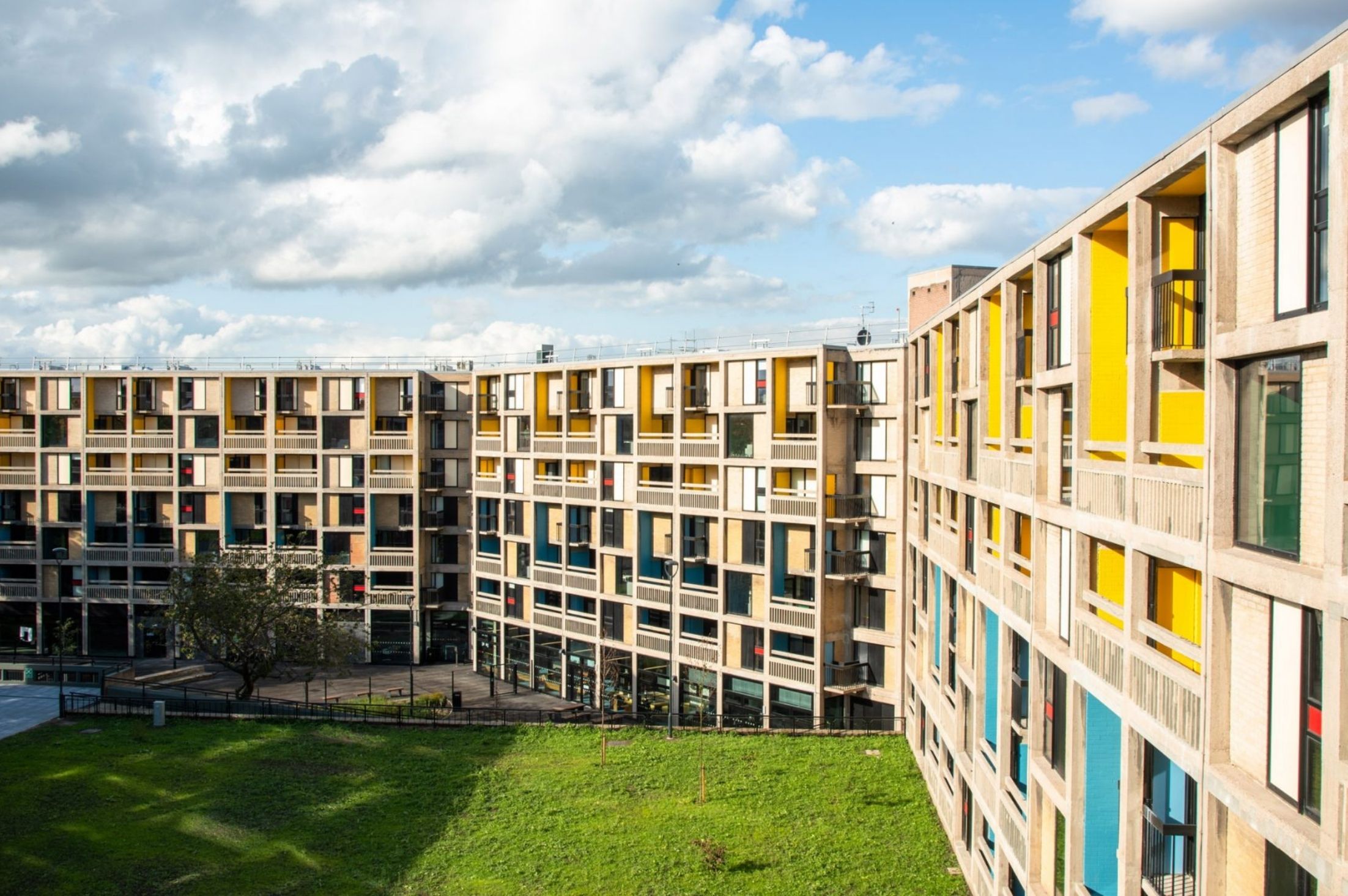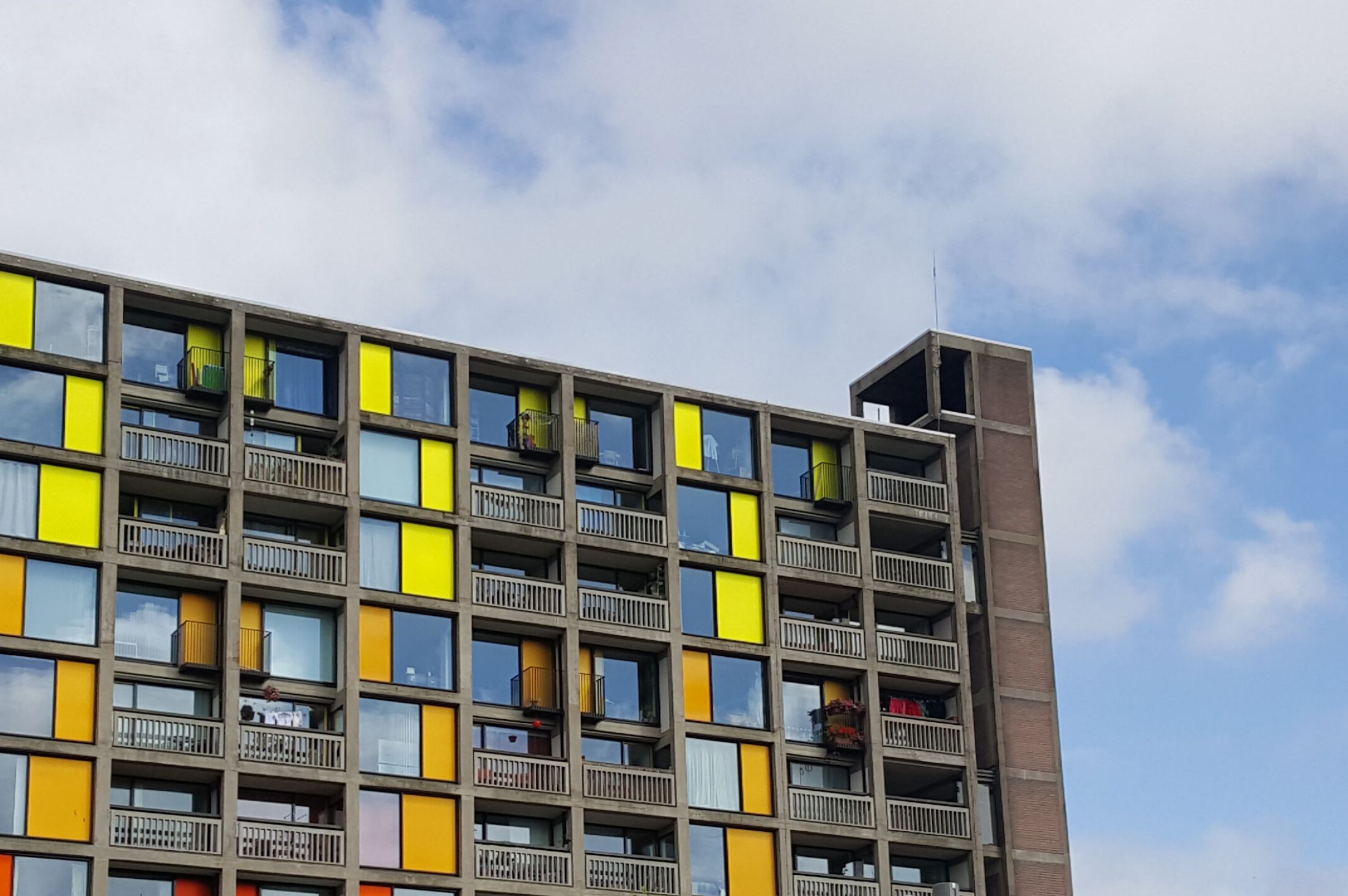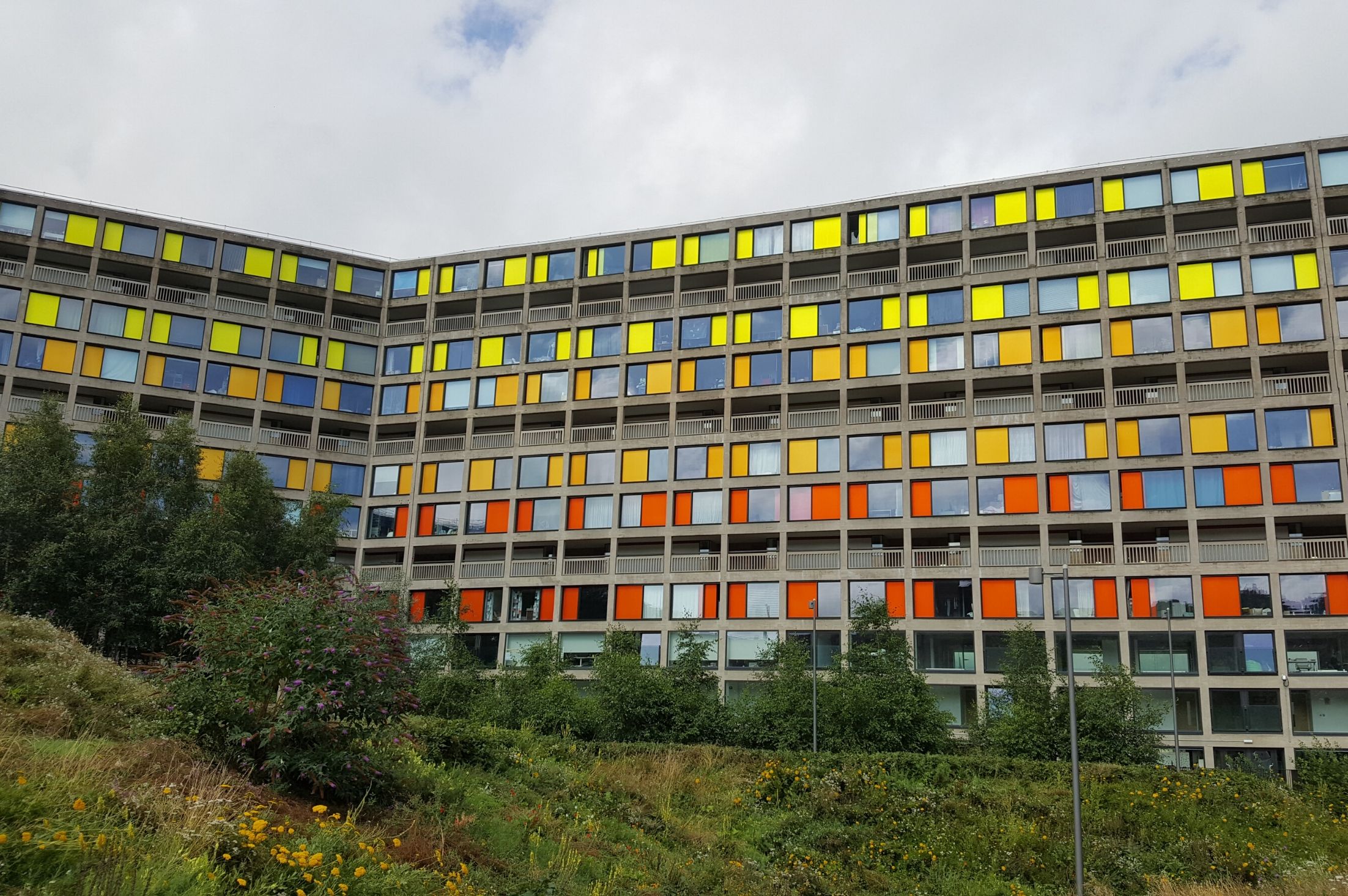Park Hill, located on a hill above the city’s railway station, is one of the Sheffield’s best-known landmarks. The property was built in 1961 and was one of the first Brutalist buildings in the UK. It was awarded grade II*-listed status in 1998.
Decades after Park Hill was left to fall into disrepair, Urban Splash stepped in with its private regenerations scheme.
Urban Splash and development partner Alumno are now well on the way with Phase 3. Béton House, which offers townhouses, two and four-bed flats and studio accommodation for 356 students follows on from the Urban Splash scheme – which will link with the already established 700-strong community that has been living and working at Park Hill since 2013, following the completion of the first phase of development by Urban Splash.
Homes for Students, a nationwide student accommodation company, has been based at Béton House since September welcoming and settling in new students and managing the building.
The block was renamed Béton House after the French word for raw concrete – Béton brut – popularised by modernist architecture.
Béton House has been designed by South Yorkshire Region-based architects Whittam Cox. Béton House’s colour scheme is a nod to Modernist architect Le Corbusier’s Polychromie palettes, mix-and-match sets of colours designed to be harmonious for design. Burnt orange, bottle green, scarlet, and mustard tones were taken from a mosaic that once adorned the Parkway Tavern, the local pub that served the Park Hill Estate in its heyday.
A derelict ground floor building has been turned into a large communal area with a gym, cinema and a private dining room.
With an office at The Workstation Planning & Design Practice Ltd have a close connection with Sheffield with numerous clients and projects in the region. Please get in touch for advice on any planning issues or potential projects.
Harry Capstick, Graduate Planner, Planning & Design Practice Ltd
Main image: Whittam Cox Architecture/ Dezeen





